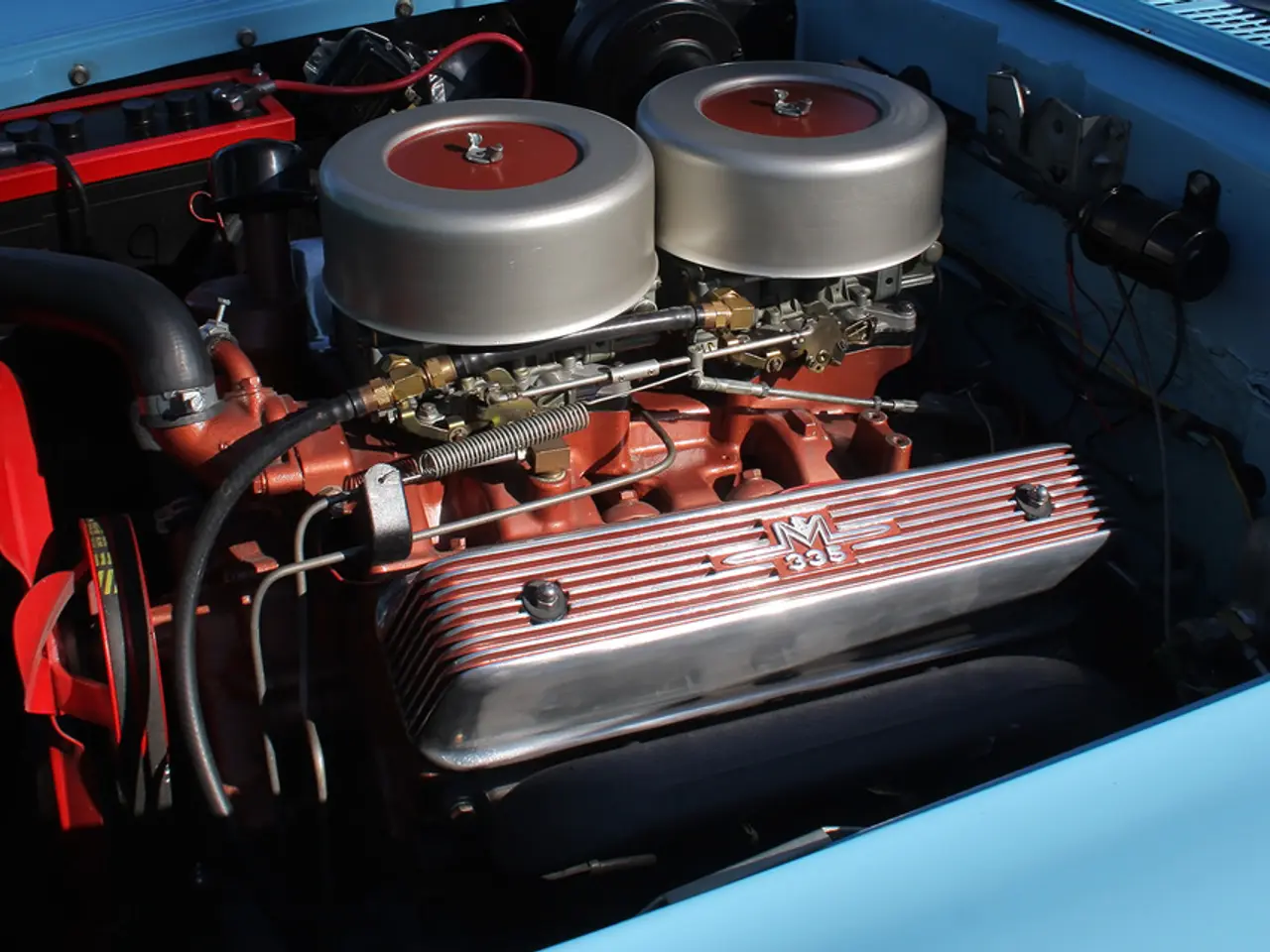Importance of Choosing Pneumatic Cylinders for Accurate Machine Automation
When it comes to precision automation, every component matters, and pneumatic cylinders are no exception. These linear actuators play a crucial role in moving, stopping, and even controlling robotic arms, yet they are often overlooked.
Engineering teams can make confident decisions by utilising technical documents, auxiliary materials such as 3D models, and compatibility guides from platforms like Omchele. However, complications in fitting appropriate valves, fittings, and control units can pose unwanted delays and safety risks during the selection process.
To ensure a reliable and efficient automation system, it's essential to consider several key factors when selecting pneumatic cylinders.
Material and Build Quality
The cylinder must be durable and made from quality materials to ensure longevity and consistent performance under operational demands. Companies like Bosch Rexroth offer advanced electromechanical cylinders suited for heavy-duty precision applications, featuring integrated sensors, digital quick selection tools, and comprehensive system packages for easy integration.
Cylinder Type and Application Fit
Match the type of pneumatic cylinder (e.g., standard, guided, rodless) to the specific application's requirements, considering load, environment, and motion type. For instance, rodless cylinders are advantageous for applications with long strokes and where space limitations make the use of conventional cylinders difficult.
Precision and Tolerance
For automation requiring exact positioning and reproducibility, the cylinder must offer high precision in bore diameter, stroke length, and manufacturing tolerances. Guided cylinders are used for side loads or critical alignments, allowing for optimal motion control.
Bore Diameter and Stroke Length
These define the force output and the range of linear motion achievable, critical for controlling motion precisely.
Environmental and Installation Conditions
Factors such as protection class (IP rating), operating temperature, and robustness against harsh environments (e.g., dust, moisture) affect cylinder choice.
Integration and Sensor Capability
Cylinders with integrated sensors and digital interfaces (e.g., IO-Link) improve monitoring and control, enhancing precision and maintenance.
Energy Efficiency and Response Time
Efficiency in air consumption and speed of actuation impact system performance and operational cost, important in commercial and industrial uses.
Decision-makers should prioritise suppliers that provide transparent technical specifications, customisation capabilities, support tools (e.g., online selection), and after-sales service to ensure reliable sourcing aligned with precision automation system requirements.
Working with a reliable B2B marketplace or supplier partner like Omchele provides product transparency, customisation support, logistics and scalability, verified quality, and integrated services.
However, choosing pneumatic cylinders solely based on cost may result in components that lack adjustable cushioning, accurate tolerances, or corrosion-resistant coatings, leading to higher long-term costs.
Improper pneumatic cylinder selection can impact the effectiveness and reliability of an entire system for a long time. Issues faced in systems due to improper selection include motion precision setbacks, unnecessary damage, vibration and imbalance, consumed electrical power, risks of injuries and accidents.
Therefore, it's crucial to consider all these factors when selecting pneumatic cylinders for precision automation systems to ensure a reliable, efficient, and safe operation.
Investing in pneumatic cylinders from trustworthy suppliers, such as Bosch Rexroth, ensures that the cylinders possess integrated sensors, digital quick selection tools, and comprehensive system packages, facilitating easy integration into the manufacturing industry's precision automation systems.
In the finance sector, decision-makers should prioritize suppliers that offer transparent technical specifications, customization capabilities, support tools, and after-sales services to ensure a reliable sourcing strategy aligned with precision automation system requirements, thus reducing long-term costs.




